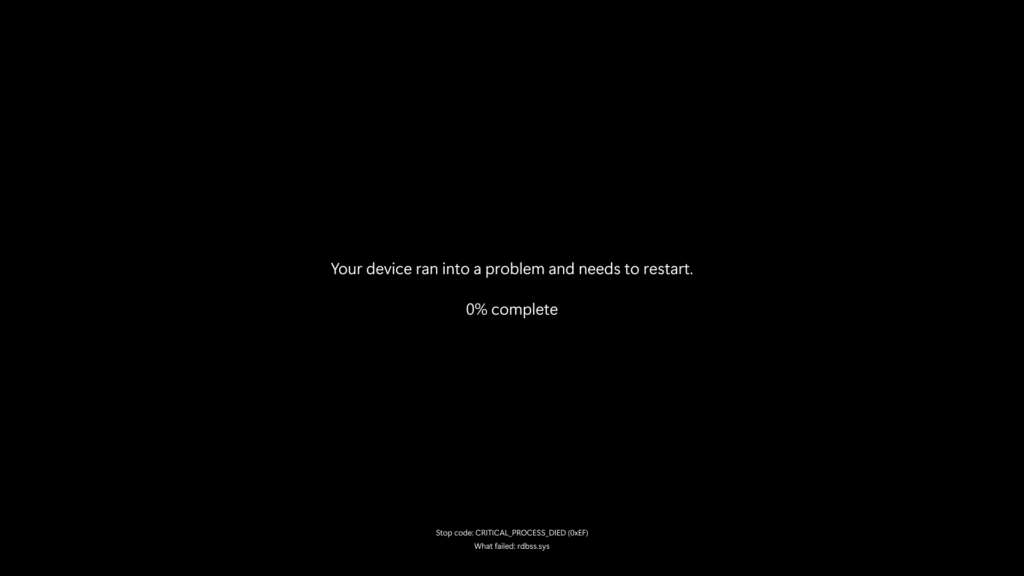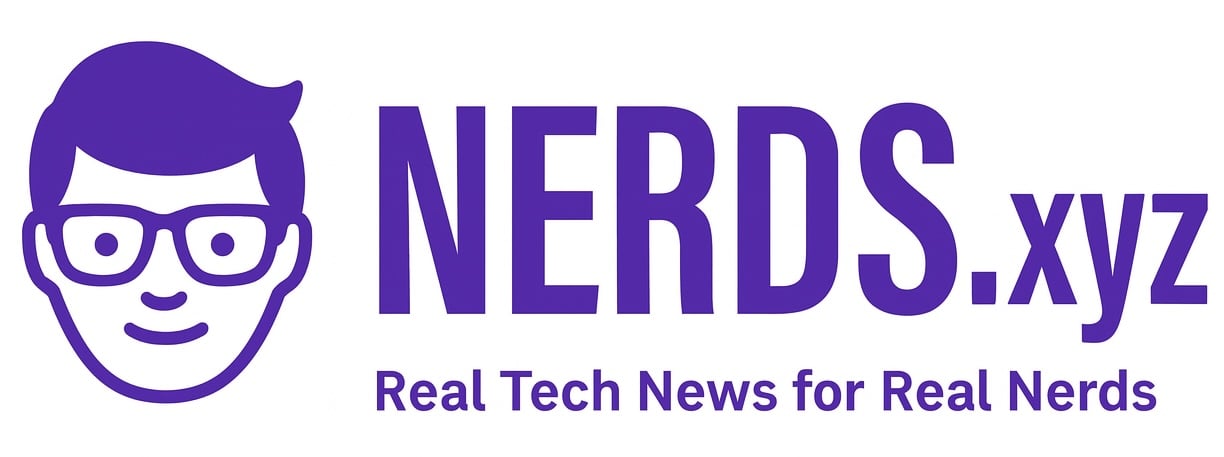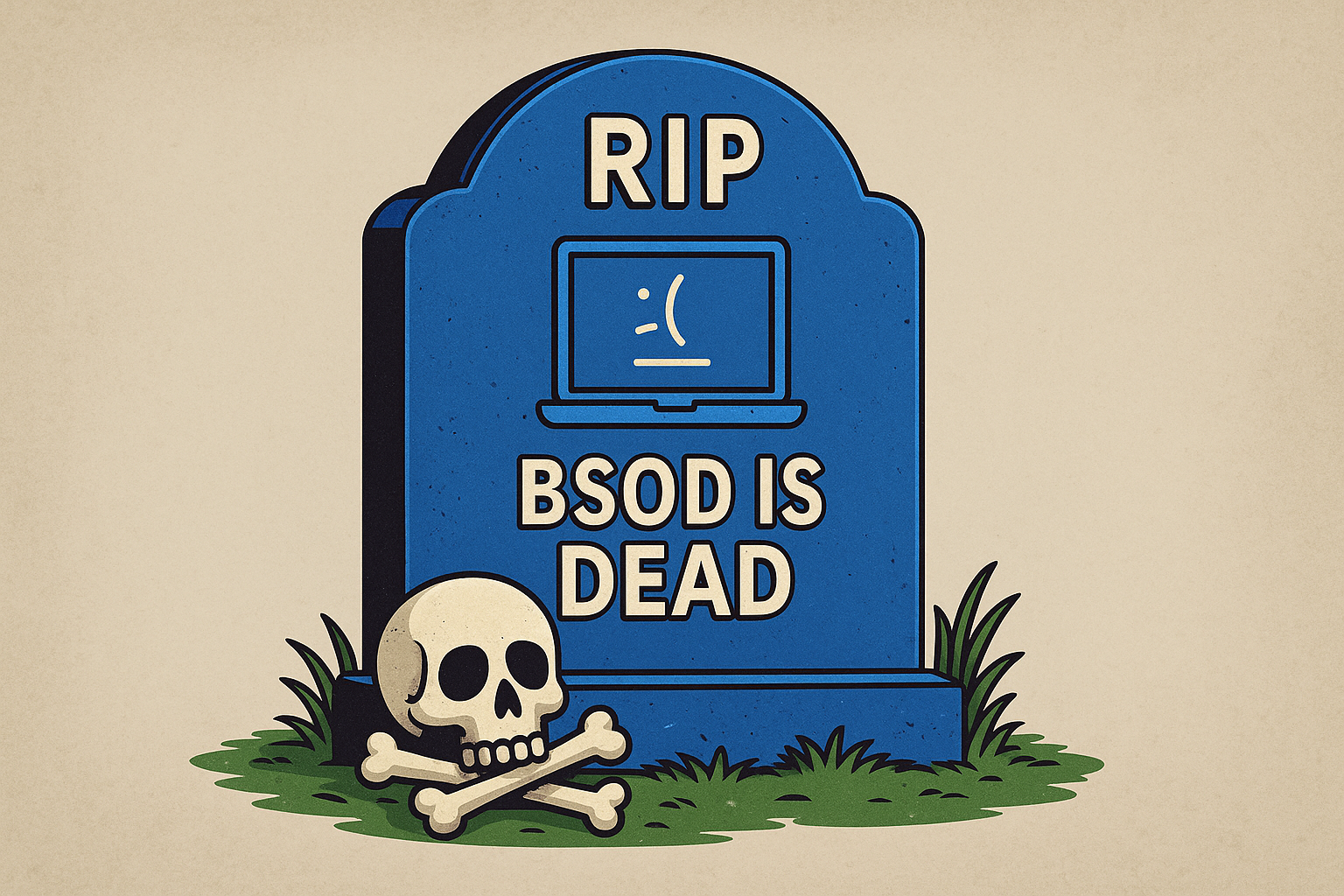
The BSOD is dead. Or at least, it’s dying.
For decades, Windows users have lived in fear of the infamous “Blue Screen of Death.” You’d be cruising through your day, and suddenly your screen would go blue with some cryptic error message. It was jarring, ugly, and totally unhelpful. Now, Microsoft says it’s finally overhauling that dreaded experience.

Nerds might not need antivirus. But for your family’s PC, Bitdefender is what I trust.
As part of a new push called the Windows Resiliency Initiative, Microsoft is replacing the BSOD with a cleaner, faster, more modern crash recovery screen. Starting in Windows 11 version 24H2, crashes will no longer look like a throwback to the early 2000s. Instead, users will see a sleeker interface that matches Windows 11’s design language and helps them recover faster.
The new screen won’t just look better. It will actually work better. Microsoft says it’s slashing reboot times after a crash down to around two seconds for most users. That’s a major improvement for anyone who’s ever waited nervously while their PC tried to come back to life.
Even more interesting is something called Quick Machine Recovery. If a device gets stuck in a crash loop and can’t boot, Microsoft can now automatically push out fixes through the recovery environment. That means no more calling IT to reimage a device or wasting hours trying to get back to work.

The BSOD overhaul is just one piece of a bigger shift. Microsoft is working with major security vendors to keep antivirus and other tools out of the Windows kernel. That should reduce system instability and make crashes less likely in the first place.
They’re also bringing in smarter updates. Hotpatching lets Windows apply critical security patches without requiring a reboot. And Connected Cache helps save bandwidth by keeping update files stored locally on your network.
Even printing is getting some resilience upgrades. With Universal Print anywhere, users can send a job and print it securely from any authorized printer in the building. No more guessing which printer is which or losing confidential papers to the wrong tray.
And in case your device goes missing or malfunctions, Microsoft is rolling out Windows 365 Reserve. It gives you quick access to a backup Cloud PC so you can keep working without missing a beat.
At the center of all this is one idea: Windows should recover quickly and quietly when something breaks. Whether it’s a botched driver, a bad update, or just random bad luck, Microsoft wants Windows 11 to handle it better than ever before.
The BSOD has become part of tech culture. It’s even been printed on t-shirts. But maybe it’s time to move on. A crash shouldn’t be a crisis anymore. If Microsoft sticks the landing here, the era of the blue screen might finally be over.
As an Amazon Associate I earn from qualifying purchases. Some links in this article may be affiliate links. If you click one and make a purchase, I may receive a small commission at no extra cost to you. This helps support NERDS.xyz


